6 Deadly Fashion Trends That Killed Many People Throughout History
Fashion trends have had a tremendous impact on people throughout history. So much so that people were even willing to risk their lives to follow the latest trends. These 6 trends, compiled by Cracked, which emerged in different periods of history to meet the expectations of society and to be 'cool' and had fatal consequences, will surprise you:
6. Crinoline
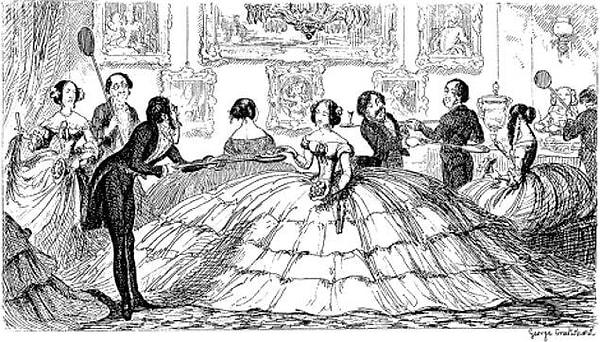
Originating in the 19th century, the 'Crinoline' was a hooped skirt that women wore under their main skirt. The sole purpose of this huge apparatus, made of woven horsehair fabric and wire or steel, was to make the hips look bigger and the waist thinner.
How can it kill?
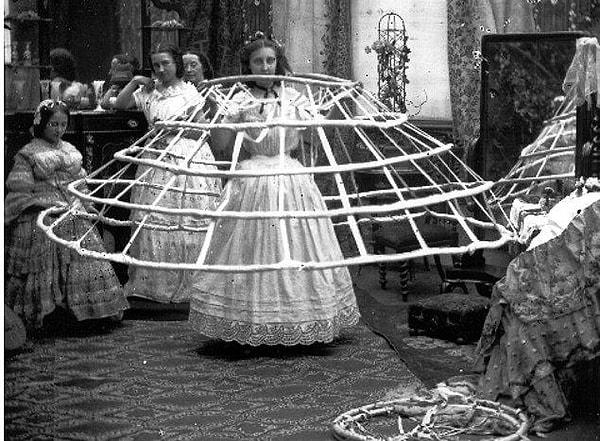
At the same time, this skirt would get caught in the spokes of horse-drawn carriages, causing women to be dragged through the streets. The second wife of the poet Henry Wadsworth Longfellow knocked over several candlesticks in this skirt and burst into flames. And she was not the only one to experience this.
The situation does not end there. In 1863, more than 2000 people died in a fire in a church in Santiago, Chile. The fire started when a gas lamp ignited the veils on the wall and people tried to escape, but the skirts of women dressed in crinolines were caught in the door, completely blocking the exit.
And what was wrong with these people?
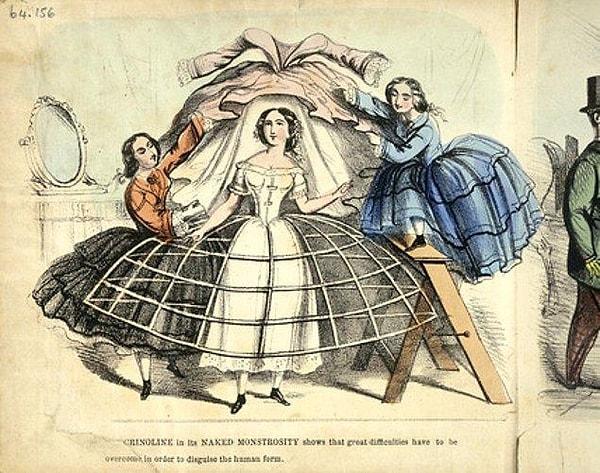
Since the hoop skirt made the hips look bigger and the waist thinner, there was no need to wear a corset. So why go to all this trouble and risk just to avoid the corset?
5. Corset
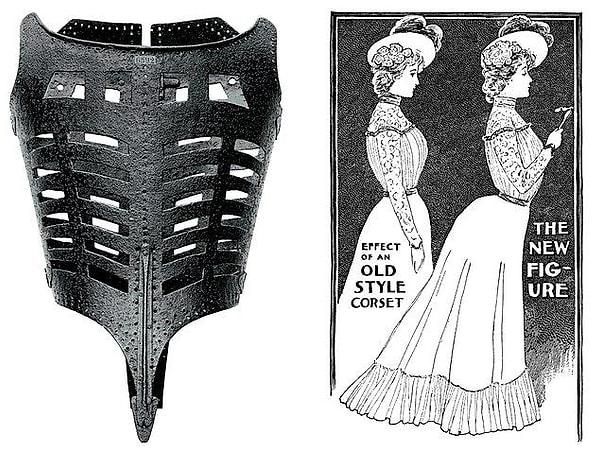
The corset, intended to make women's problem areas look slimmer, had a 'minor' side effect: stopping the blood circulation between the legs and the head!
How can it kill?

The corset was not so dangerous until they started to tighten it with laces. The flow of lacing caused women to start not breathing well. Not being able to breathe properly in the corset could lead to broken ribs (which was quite serious as there was no anesthesia yet), and this compression of organs could cause internal bleeding.
Joseph Hennella, who impersonated women, collapsed on stage in 1912 due to the pressure of his corset tightened with laces and died a little later. In 1903, a woman died after two pieces of steel from her corset pierced her heart.
And what was wrong with these people?
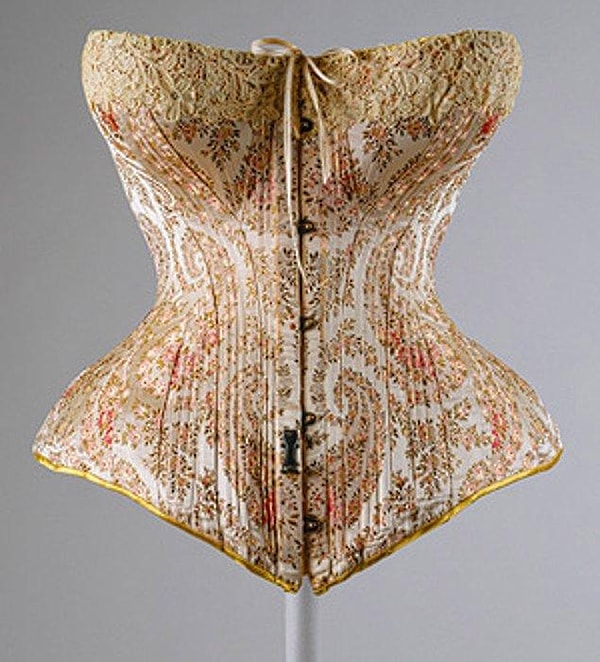
In a society that expected them to have a physically impossible figure, women had little choice: They had to wear a corset that could break their ribs, or a crinoline that could find them under cars in a gust of wind. Because feminism had not yet been invented.
4. Foot binding
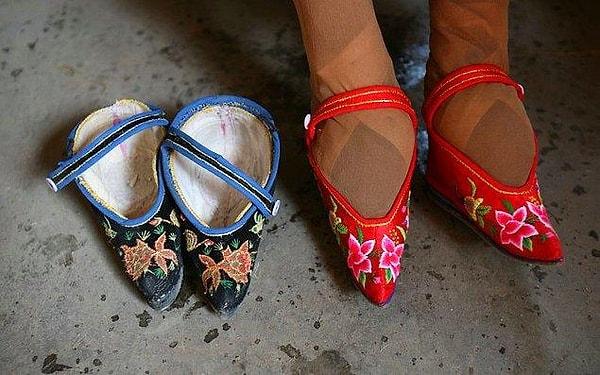
The custom of foot binding, or Lotus feet, was a Chinese tradition that lasted from the 8th century until the early 20th century. Beginning with a chambermaid dancing in front of the emperor with her feet bound with silk cloth, the custom would give rise to many women whose feet were so deformed that they could only walk very briefly.
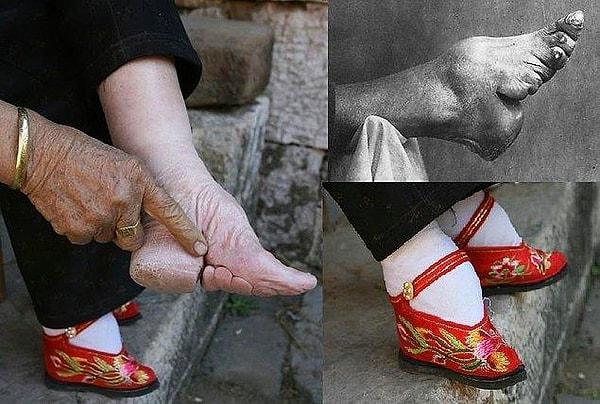
Feet were tied from the age of 2-7. First, they were washed in a mixture of herbs and water or urine and vinegar, according to the family tradition, and then all toes except the big toe were tied so that the arch of the foot curved backwards. This process was repeated for several years, using tighter bandages, until the foot was about 8 cm long.
How can it kill?
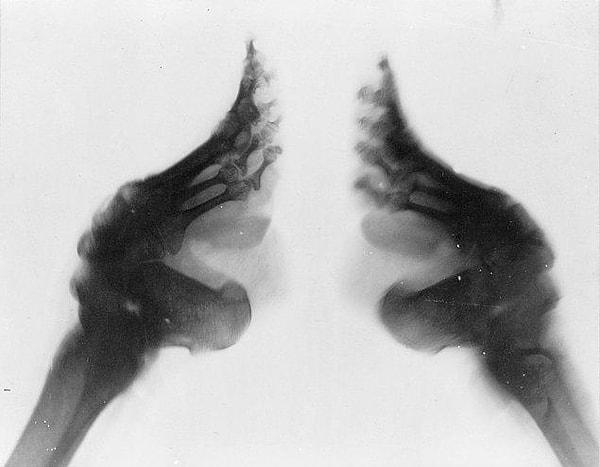
Foot binding cut off blood circulation to the toes and could cause gangrene or other deadly infections. Gangrenous toes were seen as a good thing, because it meant that the toes could disappear. Ideally, the foot should look like part of the leg, not like a foot.
And what was wrong with these people?
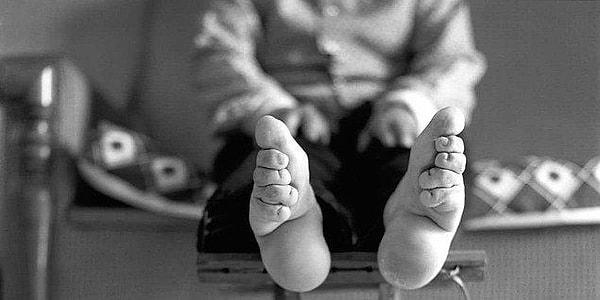
Women with normal-sized feet were considered ugly and no one wanted to marry them. Women with unbound feet were looked down upon as 'provincial' and despised, as only farmers needed to walk and do work. A real lady either staggered on her heels or rode on her man's back... (!)
Covered with sores and pus, these feet gave off a terrible smell. If you met a naked woman at a time when foot binding was popular, the first thing she would try to cover was her feet. Because of this odor and bad appearance, women would never show their feet without silk shoes.
3. Fontage
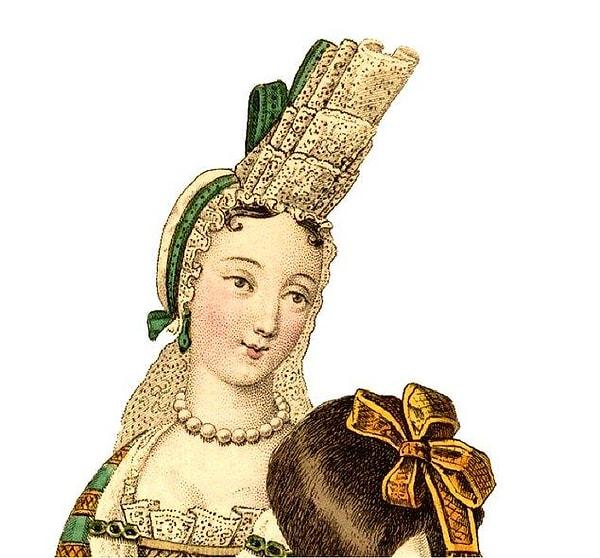
In the 17th and early 18th centuries, the Fontange was a hair ornament worn by genteel ladies, consisting of ribbon, lace and sometimes a small cap. Doesn't sound like it could kill you, does it...
How can it kill?
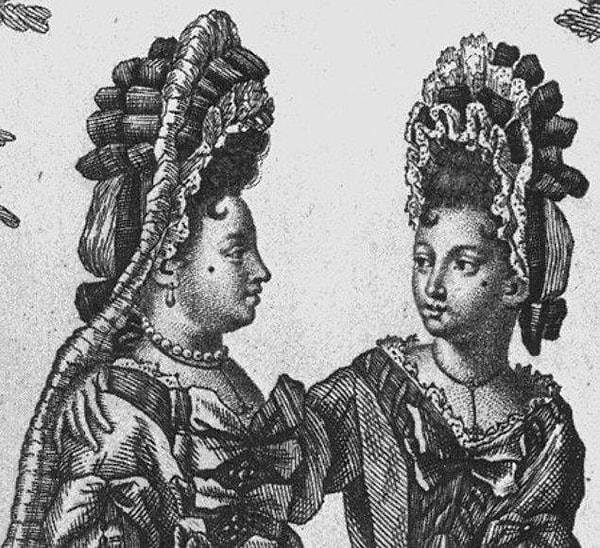
Fontages started to get bigger and heavier in the 17th century. Unless there was some other intervention, it could only maim, not kill. However, this hair ornament, firmly attached to the head, was not very safe for ladies walking around in a room full of candlesticks... because it was no different from carrying a rag soaked in gasoline on your head.
A noblewoman named Mrs. von Ilten collapsed when her fontage caught fire and burned her neck, face and hands.
And what was wrong with these people?

According to stories, one of the king's mistresses, Angelique de Fontanges, lost her headdress one day while riding a horse. Thinking it would be dangerous to leave her hair uncovered, she immediately tied a ribbon around it.
The king liked this gesture very much and made Fontanges a duchess. Since all women in France wanted to be as cool as her, this trend started. Fontanges herself died at the age of 20, probably because she got too close to a candelabra with her ornate 'flammable' head.
2. Lead-based makeup

Before there were big cosmetics companies, makeup meant lead-based products. From Ancient Greece to the 1920s, lead-based powders and lotions that made the face white were very popular.
How can it kill?
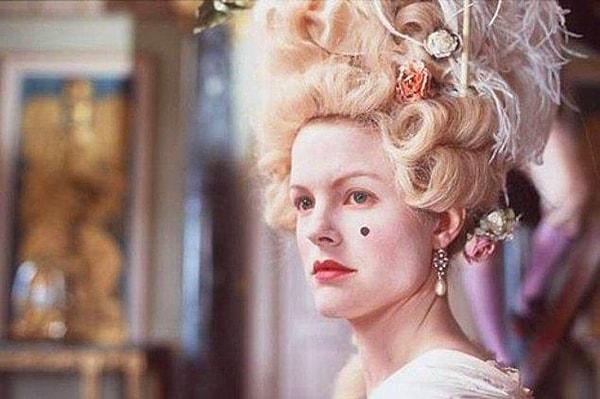
It took years for people to be exposed to enough lead to be poisoned and die. Lead poisoning had many symptoms: damage to the brain or nervous system, headaches, loss of appetite, anemia, metallic taste in the mouth, paralysis, insomnia and crippled wrists.
In 1760, a noblewoman named Marie Gunning, famous for her beauty and porcelain-like skin, became the first known victim of cosmetic lead poisoning. In 1878, Madame Rachel, who sold lead-based makeup, died of lead poisoning.
And what was wrong with these people?

Even though people have known about the health effects of lead-based makeup since Ancient Greece, they continued to use it. And what did they do to cover up their deteriorating skin? More makeup, of course.
1. Starched high collar
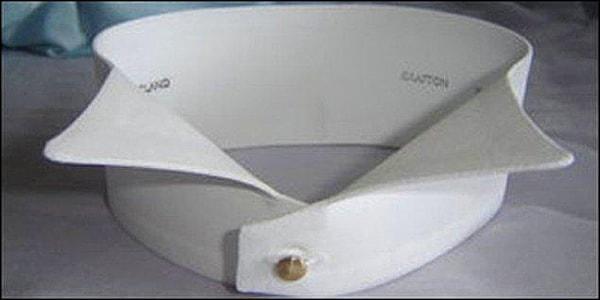
The collar we are talking about is a type of detachable high collar that was especially popular in the 19th century. Attached to men's shirts with collar buttons, this collar was starched until it was almost bulletproof and completely covered the windpipe.
How can it kill?
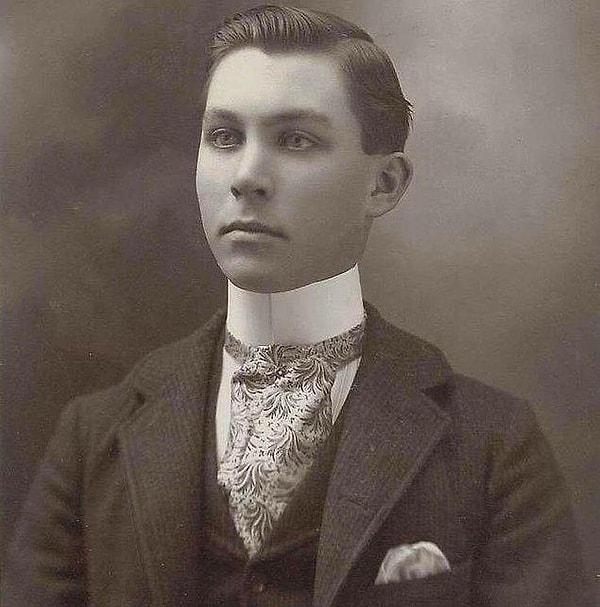
The stiff, high collar was a silent and cunning killer. Stopping blood circulation, the collar could cause a man to suffocate in his sleep when his head fell forward. It could cause asphyxia or a brain abscess; a swollen neck caused by indigestion could kill the wearer.
In fact, in the late 1800s, one unfortunate man was almost decapitated by his collar when he tripped getting off a streetcar!
And what was wrong with these people?
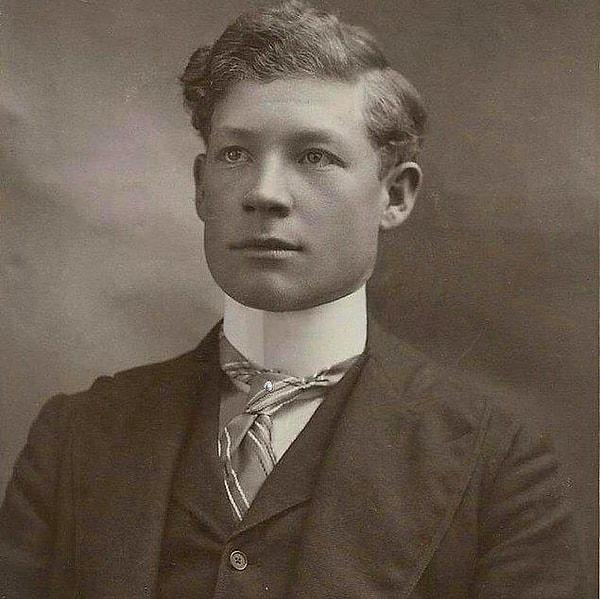
In several European languages, this detachable high collar is called the 'Daddy killer'. However, this name did not stop people from wearing it. The reason for this is that at that time there was an association between the high collar and a man's sexual power.
Keşfet ile ziyaret ettiğin tüm kategorileri tek akışta gör!


Send Comment